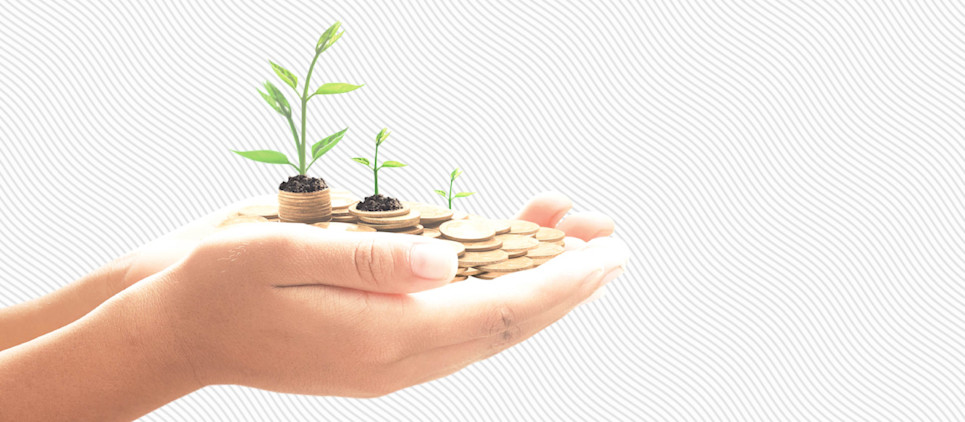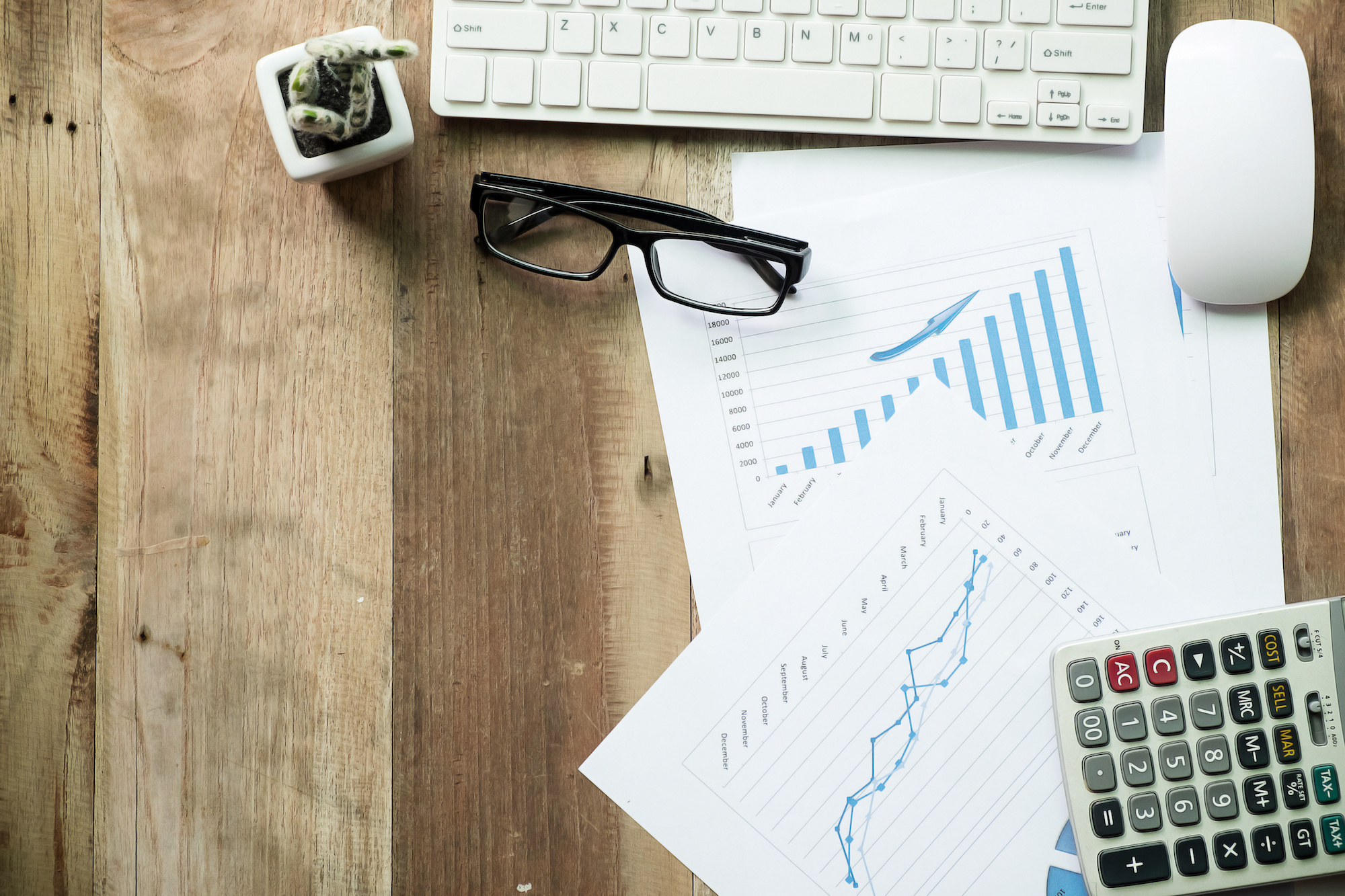A Beginner’s Guide to Calculating ROI on an Investment Property
Lots of people look at property as an investment opportunity because it will hopefully grow in value over the years. If you’re buying an investment property to rent, you’re not only hoping the value of that property increases with time, you’re planning to make a profit by renting it out, too.
Before real estate investors dive into a purchase, however, they usually assess the property’s potential Return on Investment, or ROI. ROI tells you how much profit you can expect to make in rental income over the long term. It’s expressed as a percentage of the cost of the investment, and you can figure it out by using a fairly straightforward formula.

Table of contents
How to calculate ROI What to consider when calculating ROICash transactions vs. financed transactionsWhy is ROI important for real estate investing? What is a good ROI in real estate?Drawbacks to interpreting value through ROI aloneHow to calculate ROI
To calculate ROI, you take the gain on the investment, minus the cost of the investment, then divide that number by the cost of the investment:
ROI = (gain on investment - cost of investment) / cost of investment
If you invested $500,000 in a house and later sold it for $625,000, you’d calculate your ROI this way:
(625,000 - 500,000 = 125,000) / 500,000 = 0.25
Your return on investment was 25%.
What to consider when calculating ROI
ROI is impacted by more than just buying and selling price. For instance, the cost of your investment is not simply the purchase price. Say you buy a great little house for $250,000, but it needs some sprucing up. After repairs and remodeling, you spend $8,600. This amount also factors into your total costs, so now your cost is $250,000 + $8,600 = $258,600.
Say then decide to rent out the house and you employ a property manager. Your rental income would be added to the gains, while the property management fees would be added to the cost.
Some property owners include their home equity in the equation, which is the market value of a property minus what’s owed on the mortgage. Whenever you pay your mortgage, you add a bit to the equity. You can add the equity to your annual return, which is the cash flow generated by the property, minus expenses like upkeep and mortgage payments.
Once you’ve considered these factors, your calculations depend on how you paid for your property.
Cash transactions vs. financed transactions
If you paid cash, then the ROI calculation is a bit more straightforward. You’ll calculate your annual return—your income from the property, minus expenses—and divide that by the amount you paid in cash for the house.
Say you paid $250,000 in cash for the house and spent $4,000 on improvements. Your total cost is $254,000. You then rented it out for $2,000 a month for 12 months. Utilities, fees, taxes, and upkeep cost $8,400 for the year. Your annual return is: ($2,000 x 12) - $8,400 = $15,600.
Now divide the annual return by the cost of investment, $250,000.
$15,600 / $254,000 = .061
Your ROI is 6.1%.
If you took out a mortgage to buy your home, you have to factor the cost of that into your ROI calculation as well. This means your total cost will include the amount of your down payment and any closing fees alongside costs for renovations or improvements.
When you calculate your annual return, you’ll have to subtract the cost of your monthly mortgage payments from that, along with other ongoing costs year-round.

Why is ROI important for real estate investing?
Doing your homework to determine the average returns on a property will give you a clear idea of what your expenses will be and if the potential income offsets them in a way that makes sense.
What is a good ROI in real estate?
One rule of thumb many investors use is looking at the average returns on the stock market’s S&P 500, which has been roughly 8% for about 50 years.
Whatever your long-term goals are, prioritize them and stick to them through market ups and downs. Are you buying property you hope will appreciate quickly? Or are you mostly interested in generating longtail income by rent? Sometimes property value increases more quickly than the rate of rent in an area, meaning a house that appreciates slowly may generate more income in rent than a property whose value is skyrocketing but whose higher mortgage payments are eating into the income it generates.
Drawbacks to interpreting value through ROI alone
Like any math you do before a home purchase, the basic ROI calculation is useful, but it leaves some factors out. If you want to enhance your understanding of ROI, there are different versions you may want to try. One is the cost method, in which you divide the equity of the home by the property’s costs—also known as a cap-rate calculation which is usually used for cash transactions.
Another way to calculate ROI is the out-of-pocket method, which only accounts for money spent upfront to secure a property. So if you take out a loan to buy a $350,000 house but spend $70,000 out of pocket, that would be your original cost. This is also known as the cash-on-cash return calculation.
Bungalow is the best way to invest and manage your real estate portfolio. We work with you to identify, purchase, fill, and manage residential properties—so that you can enjoy up to 20% more in rental income with a lot less stress. Learn more about Bungalow.
Ready to find your next home?
Move-in ready homes and a built-in community so you can feel at home, together — wherever you are.
Suggested articles



